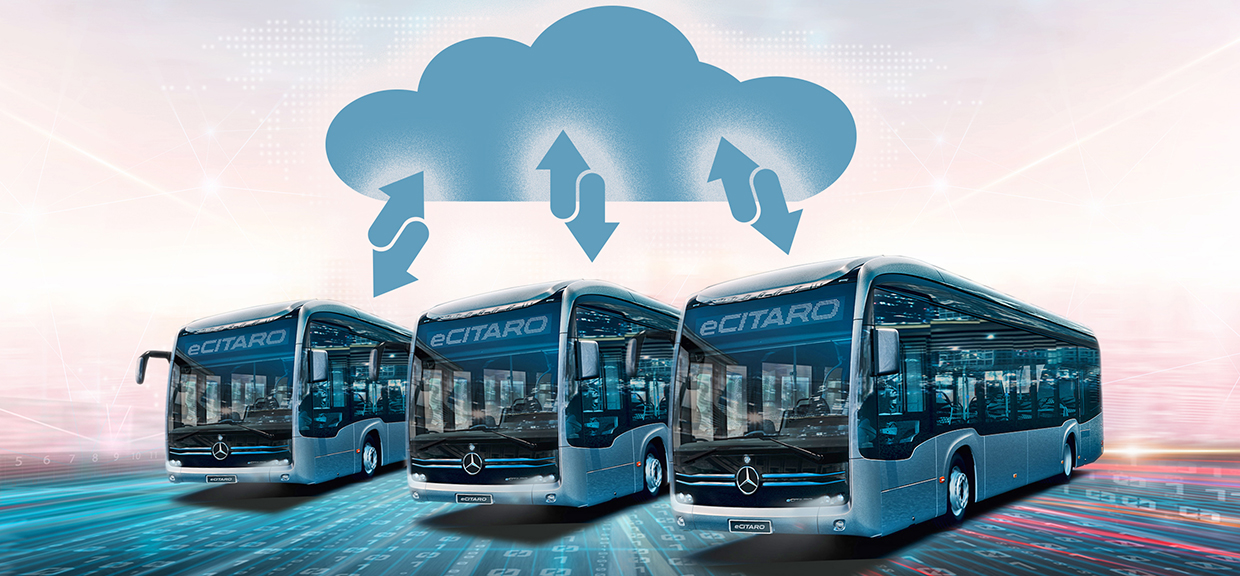OTRACE
- Contact:
- Project group:
Prof. Sax
- Funding:
InnovationsCampus Mobilität der Zukunft (ICM)
- Partner:
Institut für Automatisierungstechnik und Softwaresysteme (IAS Prof. Weyrich)
- Startdate:
01.01.2023
- Enddate:
31.12.2024
Over the Air Communication for sustainable Energy Management of Fleets (OTRACE)

Motivation
According to the German government and the Federal Ministry of Economics and Climate Protection (BMWK), CO2 consumption in the mobility sector must be greatly reduced in order to achieve the climate protection targets that have been set. In public transport, the transition from diesel-powered vehicles to alternative drives is in full swing. One challenge that arises in this process is the range of the vehicles. On the software side, (driving) functions that use not only individual data but data from the entire fleet as well as external data sources offer great range potential. These can be outsourced to the cloud, thus reducing the computing power required in the vehicle.
Project goals
The range of electric vehicles, here exemplified by city buses, can be increased by sharing data from vehicles or vehicle fleets. To this end, information from the vehicles is sent to the cloud and evaluated there in order to exploit energy-saving potential in the vehicle by means of new data-driven functions. On the basis of such improved functionalities, energy consumption in particular is to be reduced, which can increase the range of electric vehicles.
In addition, learning processes and associated software functionalities will be outsourced to the cloud. This outsourcing of calculations to the cloud allows the saving of control units (or parts thereof) in the vehicle, which in turn reduces the cost per vehicle.
Vehicle fleet information in the cloud or an IoT platform can be analyzed to build learning and data-driven functionalities. Aggregation methods should be used to exchange information in order to make the best use of communication bandwidth and provide the most comprehensive information possible in the cloud.
ITIV participation
Analysis of vehicle functions with regard to potentials for cloud relocation.
Development of a system overview (SW architecture) for the deployment of vehicle networking.
Prototypical evaluation of the cloud function.

